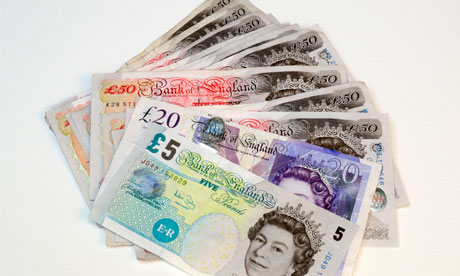It might look very attractive to buy a major currency which has fallen by more than 11% in two trading days and is currently standing at its lowest levels in more than three decades. However, it might not be the case that sterling has reached its bottom just yet.
Two days have now passed since the weekend after the announcement of U.K.’s vote to leave the European Union, and this has not been enough time to reverse the markets’ selloff. George Osborne, who aimed to calm the markets in his first public appearance since the referendum, by stating that, “the U.K.’s economy is about as strong as it could be to confront the challenge the country now faces”, was unable to quell the markets’ concerns.
In fact, we appear to be in a totally different world now as we face the most complex divorce ever, and it will take time to understand all the complications of the breakup. Here’s a snapshot of the most important developments post-Brexit vote:
- David Cameron announced his resignation
- Equity markets lost more than $3 trillion in two trading days, exceeding losses of the 2008 financial crisis.
- The Pound tumbled by more than 11%, its biggest two-day fall in more than three decades
- S&P the last major rating agency to strip U.K.’s top-notch AAA rating to AA.
- K.’s 10-year bond yields fell below 1% for the first time ever.
- European banking sector lost almost quarter of its market value, with some banks trading at record lows.
- Talks of another Scottish independence referendum, and the markets guessing who’s next to leave the EU.
Back to the Sterling, it seems there is very little news to support the currency at the moment, and David Cameron’s proposal yesterday not to trigger Article 50 will only lead to a prolonged period of uncertainty, exposing the Pound to more downside risk. I would say another 5-10% drop from current levels can’t be ruled out in the next couple of weeks.
Advertisement
The Euro doesn’t look in a much better shape. EURUSD has dropped by 3.5% from Friday’s highs and the fear of domino effect continues to be the biggest risk on the single currency. At the current time, I prefer selling the rallies, rather than buying the dips until the storm calms down. Meanwhile safe havens such as USD, Yen, and gold, albeit looking overvalued, are likely to experience more short term inflows if Brexit path remains unclear.
For more information, please visit: ForexTime
Advertisement
Add a comment






